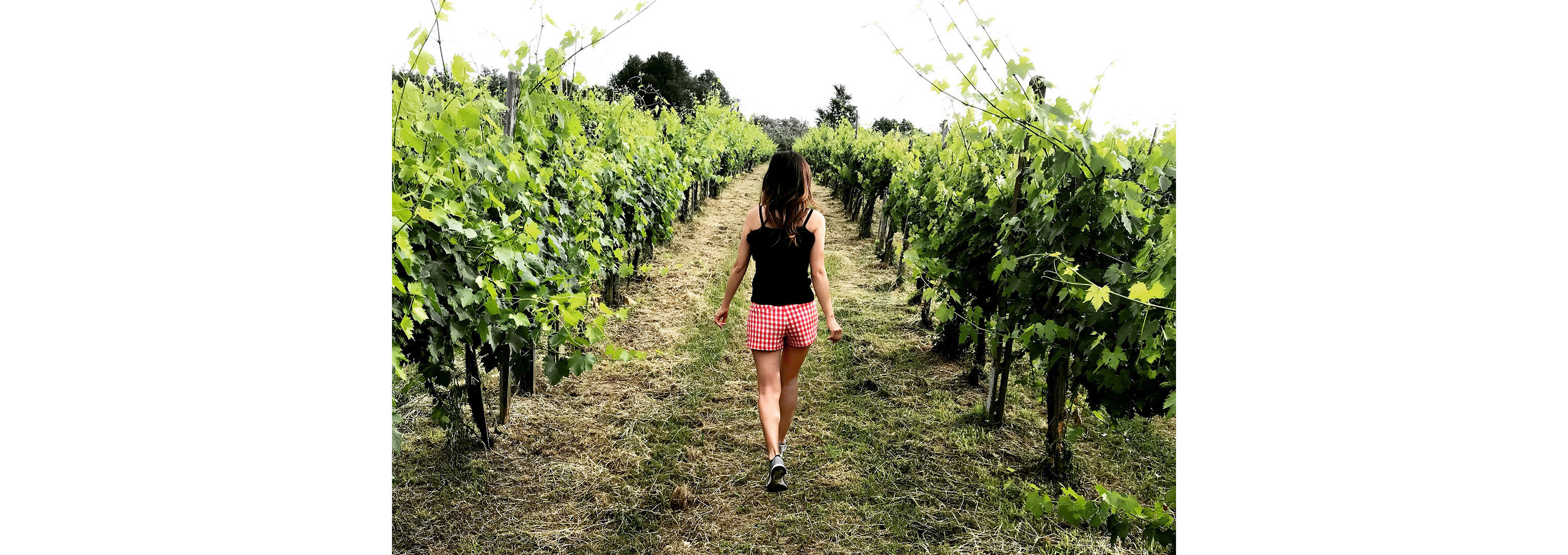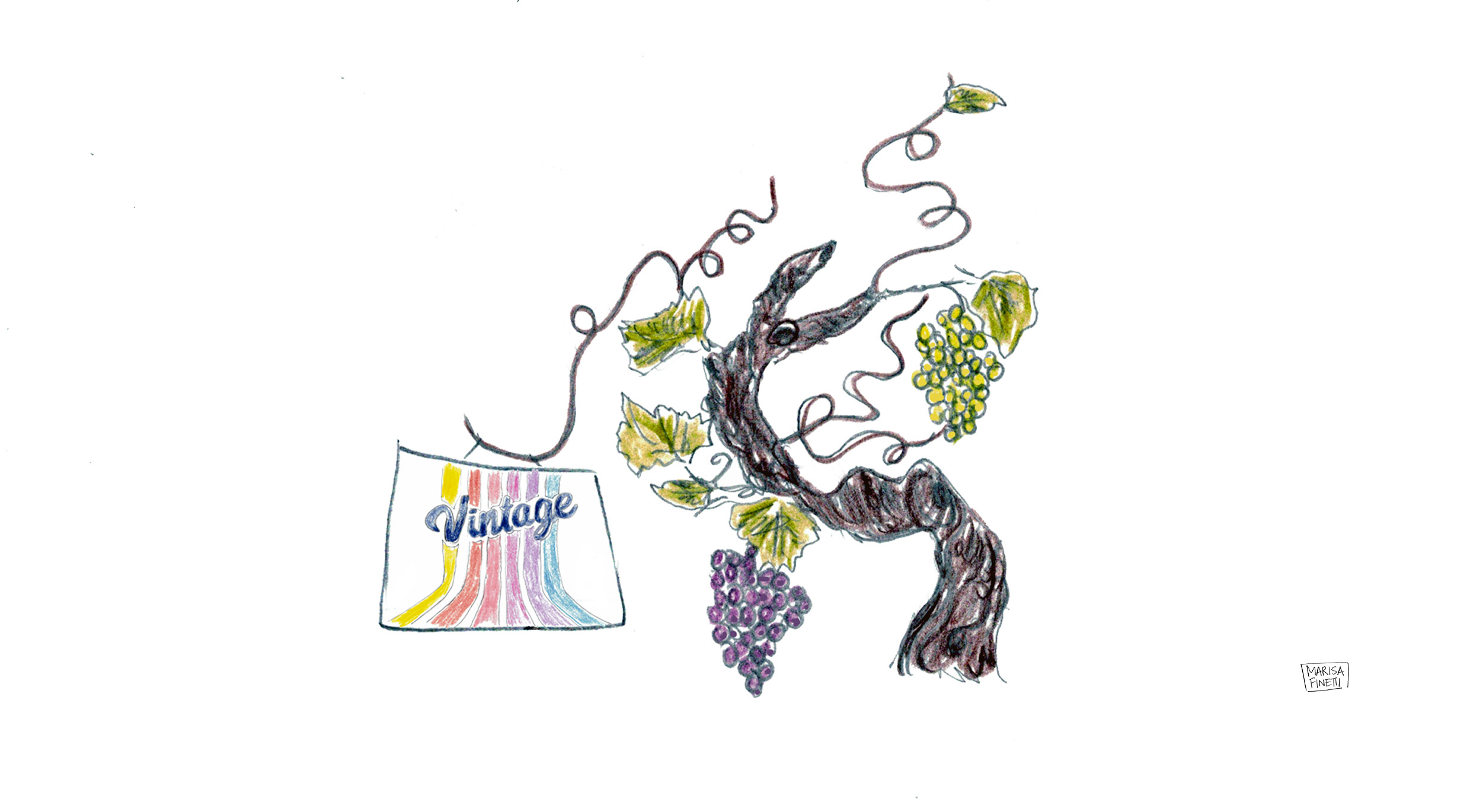We’re talking about vintage as it pertains to something classic and enduring from the past, like the days of pre-industrial agriculture.
In these fast-paced times, where technology is transforming the wine world, from augmented reality labels to AI-crafted wine blends, some things do remain – thank goodness. Contemporary innovations are paving the path, but the wine industry’s future is also grounded in the soil with vineyard practices based on age-old holistic farming techniques.
Conversations around “revolutionary” vineyard practices point to modern buzzwords such as regenerative, sustainable, and low-input. But, these terms describe an agricultural approach with methods that are as old as winemaking. With a current focus on promoting biological interrelationships with nature, farmers are thoughtfully stewarding the land with labor, imagination, and optimism.
While utilizing pre-industrial conservation farming practices, such as cover-cropping, hedge rows, no-tillage, grazing, and agroforestry, wine producers are re-thinking their purpose and potential to maintain the purity and availability of renewable sources like water and soil, sequester atmospheric carbon, and reverse climate change.
“One of the most important things we do in the vineyard that may be considered an ‘old practice’ is incorporating the mindset of minimal intervention,” says Tom Gamble of Gamble Family Vineyards in Napa Valley. “No-till practices, eliminating pesticides and herbicides, encouraging wildlife, and fostering the natural regeneration of native grasses and trees to create an increasingly complex web of underground life… which leads to healthier, happier vines as they become members of this biological community.”
Among the “old is new again” vintage practices is the use of cover crops, which have a rich heritage worldwide. Vigorous-growing legumes were frequently grown in vineyards during Roman times. In California, cover crops have been used since the early 1900s but were largely abandoned during the mid-20th century with the invention of synthetic fertilizer. Cover cropping between vine rows has since returned due to a growing interest in sustainable agriculture and its ability to suppress weeds, build productive soil, control pests and diseases, and promote biodiversity.
This leads to field blends, which again can be documented in ancient times. When talking about winemaking with a pre-industrial mindset, it’s hard to ignore the field blend, wine made from multiple grape varieties that are co-planted within a vineyard, harvested at once, and then co-fermented together. The idea that growers of the past used varying degrees of ripeness and acidity as a way to ensure consistent quality and guard against the risk of poor harvests has exceptional relevance today. Making wine from field blends means working with old vineyards, and Ridge Vineyards does this with a passion.
A huge proponent of pre-industrial winemaking, Ridge’s Chairman Paul Draper, says that the wines should reflect what the vineyard produces with minimal inputs from the ‘winemaker.'” The ensures true terroir-driven wines.
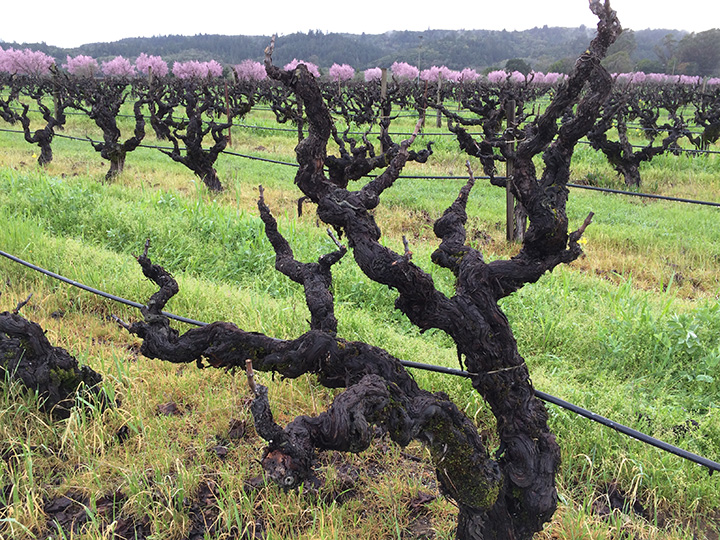
Ridge’s 100-year-old Zinfandel vines in Geyserville, CA are interplanted with 23 complementary grape varieties, showcasing a textbook example of an old-vine field blend. Since the early 1970s, Ridge has produced a quintessential example of Dry Creek Valley Zinfandel based field blend from this site.
“By treating minimally, you can make fine wines that reflect where it is grown,” says Draper. “We look at what the vineyard is producing. It is basically guiding a natural process – that is at the heart of the matter.”
Before mechanization, European vineyards often incorporated orchards in farms. But agroforestry fell out of favor with the rise of monocropping. Growers are also turning trees and shrubs into natural partners that provide fruitful outcomes for the environment, vines, and wines.
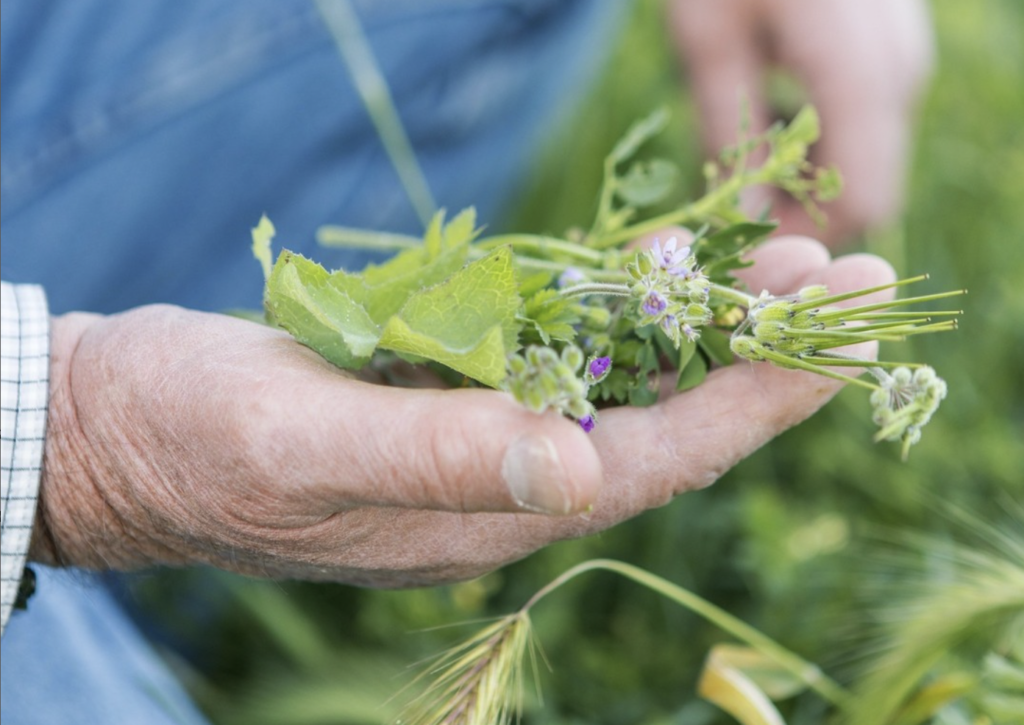
Gamble borrowed old-world ideas of densely planting olive trees around his vineyard to reduce the spread of bugs and diseases between vineyards. “I started to think of the concept of the “clos” as practiced in Europe,” says Gamble. “Definitely not a new practice, but implemented with updated thinking as to why.”
Bonterra Organic Estates in Mendocino County encourages habitats for native plants and animals with managed hedge rows, which include trees and herbaceous perennials.
“These promote a diversity of plant and animal species on our vineyards, as we believe in a holistic and balanced polyculture as our approach to farming,” says Joseph Brinkley, Bonterra’s Director of Regenerative Farming.
Bonterra uses a blend of cover crops tailored to specific sites, such as grains to increase organic matter, clover to boost nitrogen availability, and brassicas to suppress nematode pests. And at their McNab ranch, sheep are brought in to snack on cover crops and weeds while providing fertilizer throughout the property.
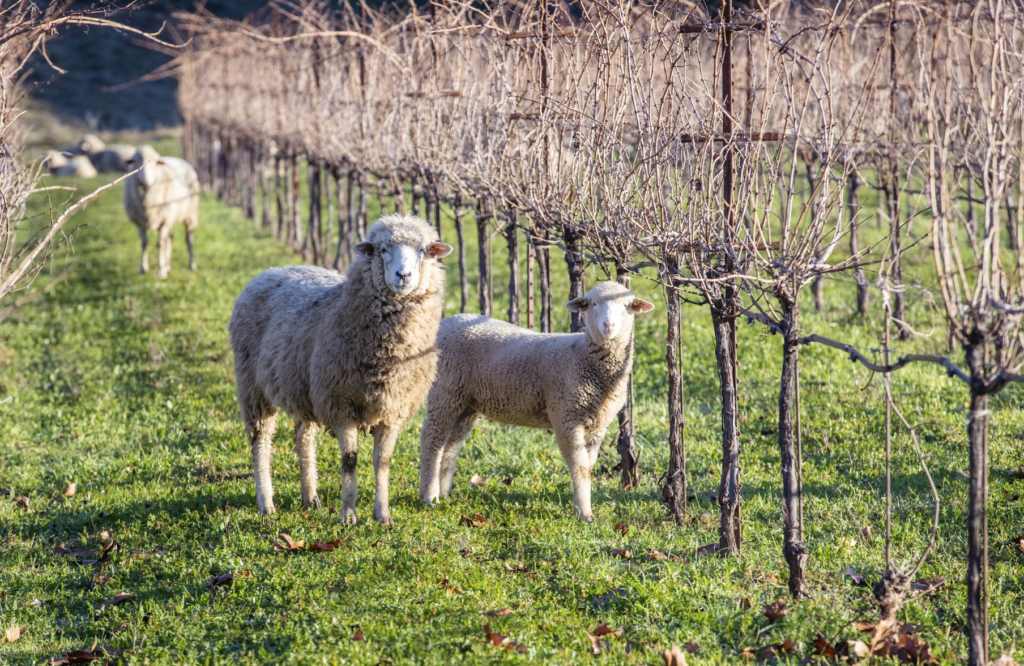
“What excites me about the current phase is we are reshaping ancient farming practices and combining them with new advances in technology,” says Gamble. “We have a growing knowledge of how to organically protect vines and the ecosystems. It’s just the start, and there is a long way to go.”
